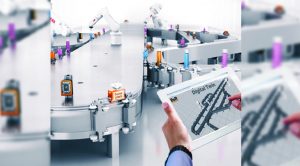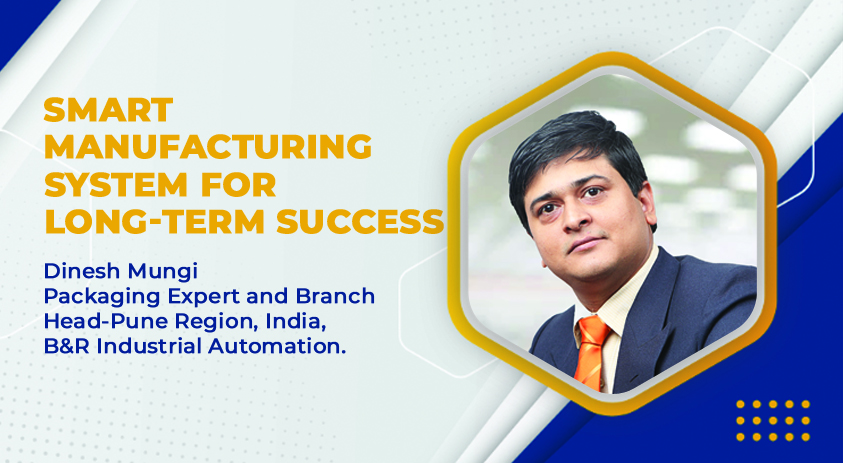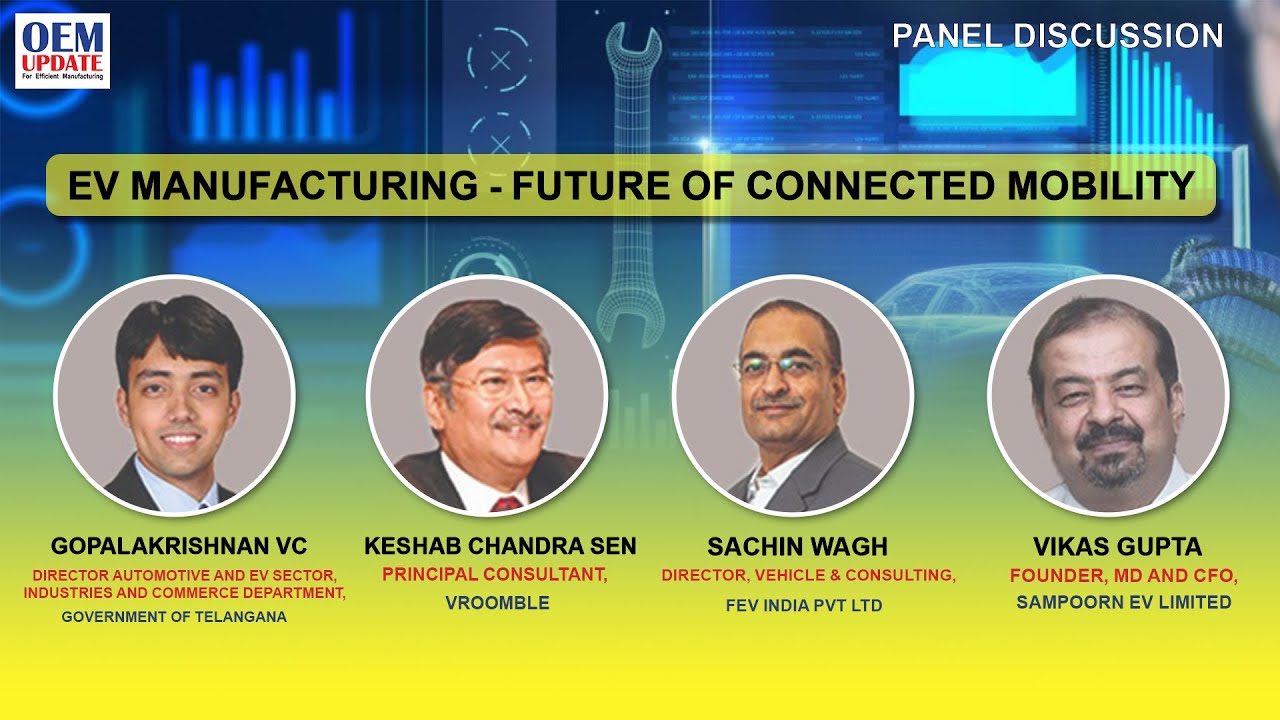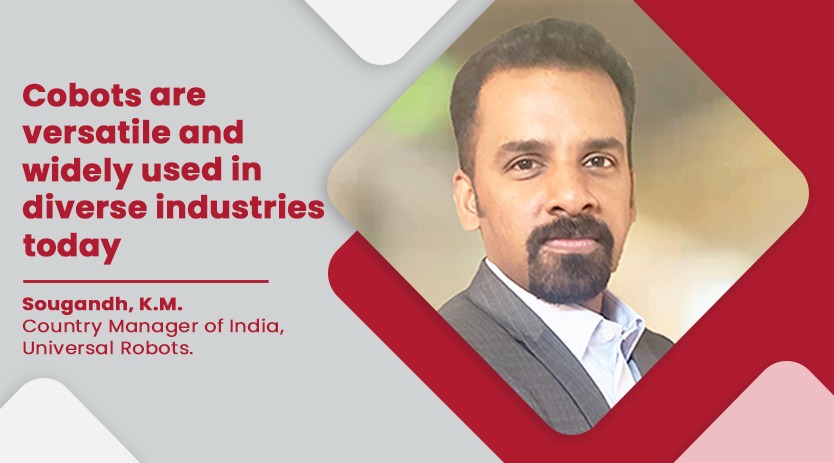Smart manufacturing system for long-term success
July 31, 2023 2:23 pm
Dinesh Mungi, Packaging Expert and Branch Head-Pune Region, B&R Industrial Automation, says B&R’s innovations revolutionise manufacturing with adaptive technology, efficient small-batch production, and personalised products, leading to a smart manufacturing system.
What is the role of smart automation in enhancing production efficiencies?
In the dynamic realm of manufacturing, the pursuit of unparalleled efficiency remains constant, and it all commences with a pivotal key performance indicator: production efficiency. Progressive companies understand that staying ahead necessitates embracing innovation and state-of-the-art automation technologies. Manufacturing firms rely on intelligent automation solutions, such as high-performance hardware, powerful software, networked and open communication solutions, data capture and monitoring, all working seamlessly to revolutionise the production floor.
With the advent of smart automation in businesses, the Internet of Things has already firmly integrated into the production ecosystem for many manufacturers. This has significantly increased the amount of data being transmitted and processed, spanning from the plant floor to the control room. Furthermore, intelligent automation solutions now empower machinery and equipment like never before.
B&R, through their intelligent and integrated solutions, B&R facilitates comprehensive simulation of every aspect of the automation system. This simplifies tasks for software developers and shop floor users. It also amplifies production efficiency and reduces time to market. The future of manufacturing lies in smart automation, as it embodies intelligence, connectivity, and exceptional efficiency.
Please talk about smart automation developments in Indian manufacturing.
The Indian manufacturing sector has been the catalyst to adopt intelligent technologies to streamline operations and embrace futuristic possibilities. Dealing with unexpected machine downtime can be highly challenging. A sudden machine malfunction can result in manufacturing inefficiencies. It is crucial to address production bottlenecks, proactively implement predictive maintenance, and adopt advanced technologies that yield better results to enhance production efficiency.
Factories are actively exploring ways to gather data from machines and production lines and transmit it to higher-level systems for thorough analytics. As intelligence becomes increasingly vital and the volume of machine and line data available for analysis grows, the need and demand for edge computing arises. Edge architectures are vital in gathering data from sensors, actuators, machines, production lines, and plants, then transferring it to IT systems for analysis and long-term storage. B&R’s edge architectures offer an ideal starting point for initiating the transformation towards intelligent, interconnected factories of the future.
What key technologies are used in smart automation for production processes?
Adaptive technologies are gaining a major gateway in shopfloor in the era of smart manufacturing. It is prompting companies to embrace adaptability to tackle unforeseen future challenges. The momentum for adaptive practices has surged among manufacturers. They recognise the importance of niche technology and its role in overcoming difficult situations. B&R has consistently been at the forefront of innovations. It empowers manufacturing units to develop a smart ecosystem with cutting-edge technologies and products like ACOPOStrak, SUPERtrak, and ACOPOS6D, revolutionising adaptive manufacturing.
These highly flexible transport systems have extended mass production efficiency to even small batches, offering quick and flexible transportation of parts and products from each processing station with independently controlled shuttles. B&R’s innovations provide crucial technological advantages for adaptive and interconnected manufacturing, enabling efficient production of small batches and reaping the benefits of personalised products with higher profit margins. This overall contributes to the building of a smart manufacturing system.

Please provide examples of how smart automation has enhanced production efficiencies.
B&R provides solutions for tomorrow’s needs that confer a significant competitive advantage in smart manufacturing and production efficiency. As manufacturers endeavour to meet evolving and more demanding consumer requirements, machine builders must continually innovate with more efficient designs. Consumers expect personalised products, necessitating OEMs to develop machines that can facilitate flexible manufacturing and batch-of-one production at a cost-efficient level comparable to mass production. The journey towards smart manufacturing aims to accomplish these objectives by leveraging the latest advancements. This leads to incorporating ever-growing intelligence in sensors, actuators, and intelligent transport systems.
What are the potential challenges when adopting smart automation in production processes?
The adoption of smart automation is a gradual process. So we cannot execute everything in one go. Various challenges hinder its implementation and execution. One significant obstacle is the upfront investment required when implementing smart automation technologies. This can be prohibitive for smaller manufacturing companies with limited financial resources. Integrating new automation systems with existing processes and machinery can also be complex and time-consuming, leading to compatibility issues that result in unexpected delays and costs. Moreover, scalability becomes a crucial concern as a company grows and its production demands evolve. Ensuring that the smart automation system can adapt and expand to meet changing needs is essential for long-term success.
Cookie Consent
We use cookies to personalize your experience. By continuing to visit this website you agree to our Terms & Conditions, Privacy Policy and Cookie Policy.


















